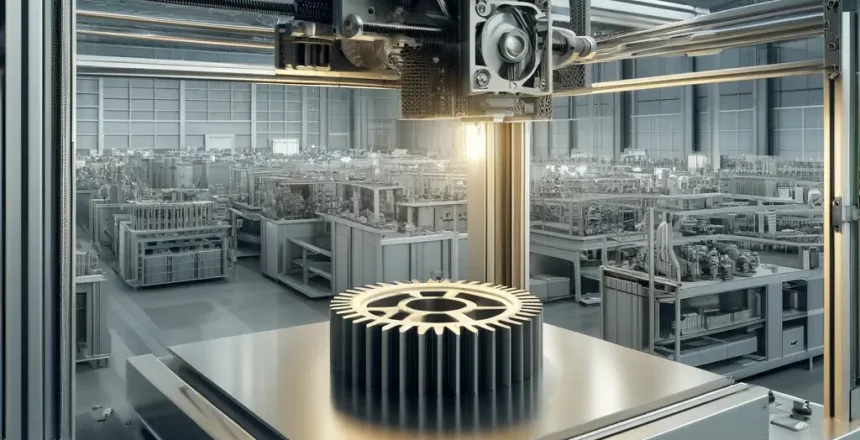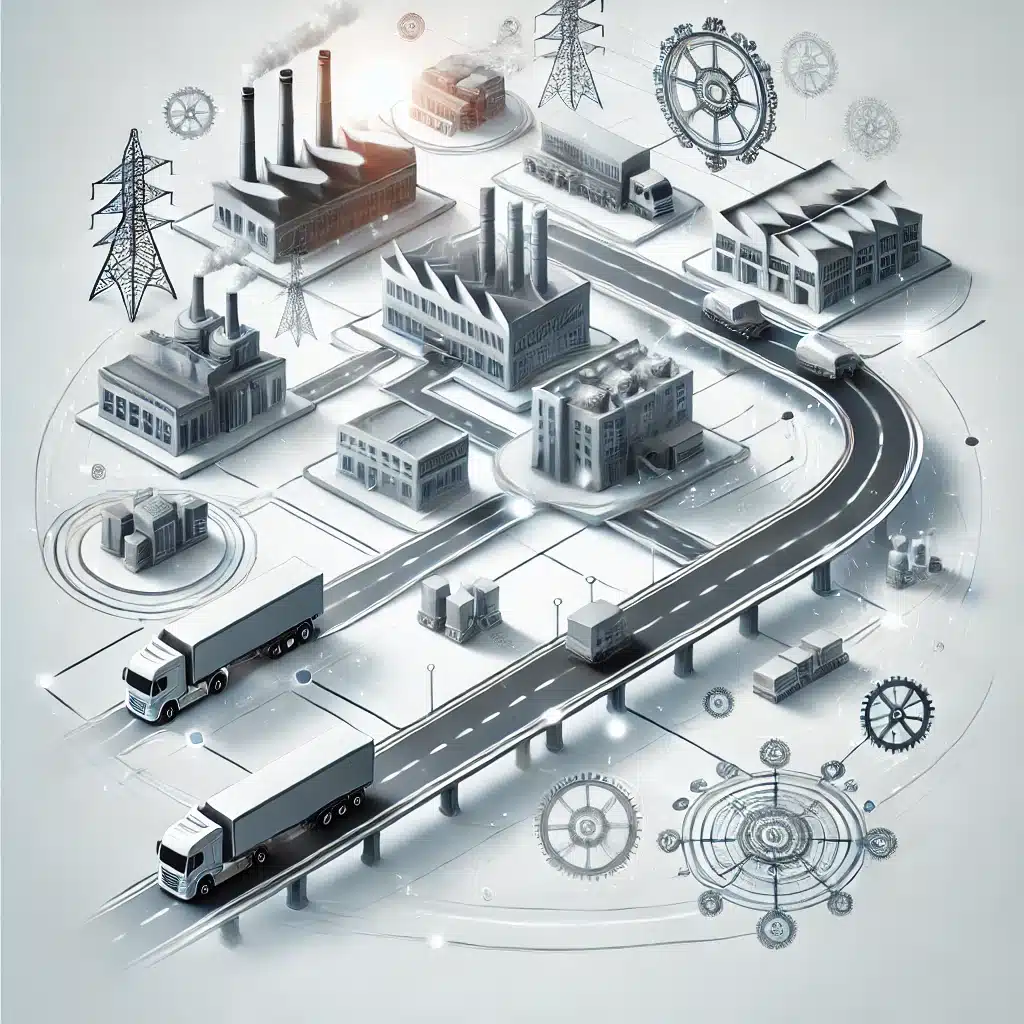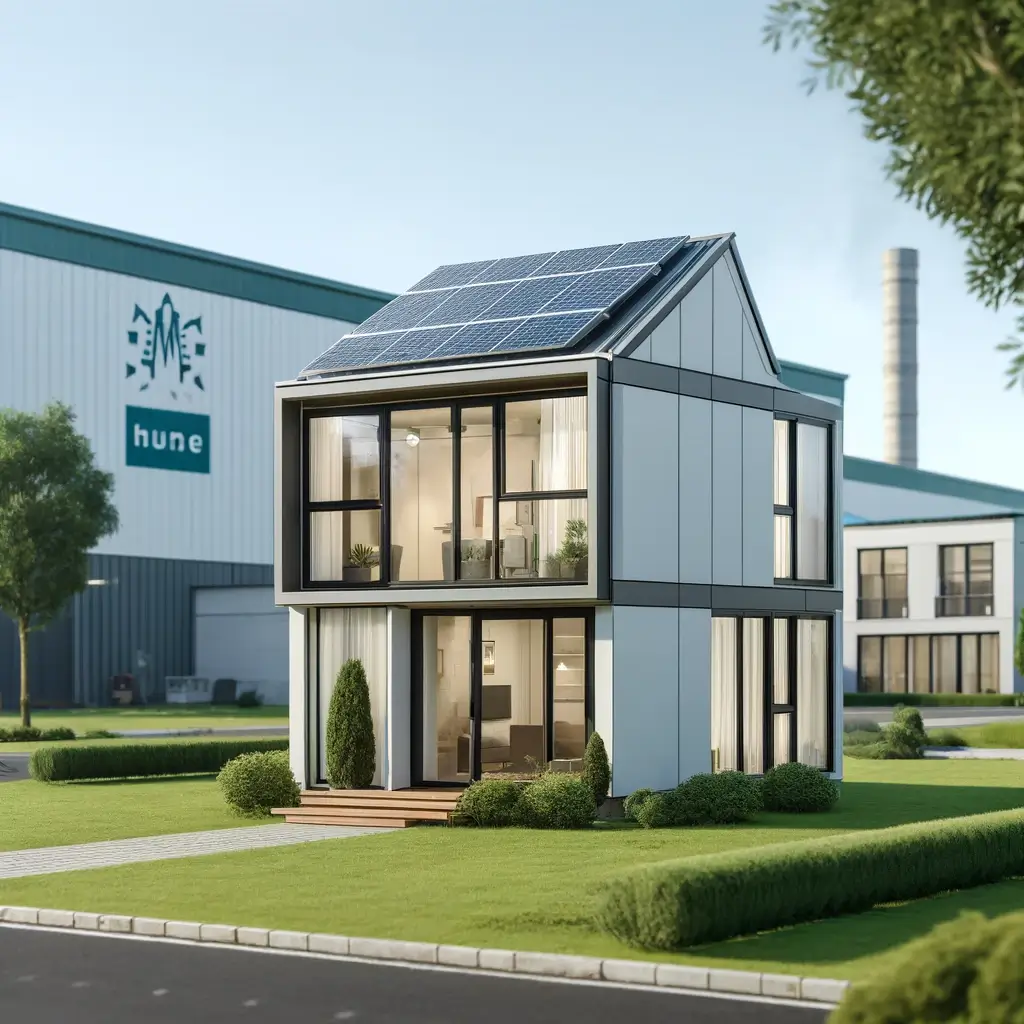In the rapidly evolving landscape of technology, 3D printing emerges as a groundbreaking innovation, offering transformative potential across a myriad of industries. Originally perceived as a niche tool for hobbyists and designers, 3D printing has burgeoned into a vital asset for businesses seeking efficiency, customization, and cost reduction. From creating on-demand parts for automotive industries to enabling bespoke designs in fashion and jewelry, the applications of 3D printing are as diverse as they are revolutionary.
This blog post aims to delve into how businesses can harness the power of 3D printing to not only enhance their product offerings but also streamline production processes and reduce overhead costs. Whether you’re a small startup experimenting with new product designs or a large corporation looking to refine your manufacturing line, the following insights will equip you with the necessary knowledge and tips to integrate 3D printing into your business effectively.
Let’s explore how this exciting technology can be more than just a tool, but a strategic ally in your business’s growth and innovation journey.
Section 1: Understanding 3D Printing
Definition and Basics
3D printing, also known as additive manufacturing, is a process of creating three-dimensional objects from a digital file. It involves adding material layer by layer until the object is complete. This method stands in contrast to traditional manufacturing techniques, which often require cutting away excess materials and are hence termed subtractive manufacturing. The precision and versatility of 3D printing allow for the production of complex designs that would be difficult or impossible to achieve with other methods.
Types of 3D Printing Technologies
There are several types of 3D printing technologies, each suited to different applications and materials:
- Fused Deposition Modeling (FDM): This common type of 3D printing heats and extrudes thermoplastic filaments, which are laid down layer by layer to form the object.
- Stereolithography (SLA): SLA uses an ultraviolet light beam to harden liquid resin into solid plastic in a process called curing. This technology is highly precise, making it ideal for creating detailed and smooth-surfaced objects.
- Selective Laser Sintering (SLS): SLS involves the use of a laser to sinter powdered material, typically nylon or polyamide, binding it together to create a solid structure. This technique does not require support structures as the powder bed itself supports the object.
Advantages of 3D Printing for Businesses
- Cost-effectiveness: 3D printing reduces the need for expensive tooling and molds, allowing for cost savings especially in prototyping and short production runs.
- Customization: It offers unparalleled flexibility in design and production, enabling businesses to easily customize products according to customer specifications without significant additional costs.
- Reduced Time-to-Market: Rapid prototyping speeds up the design process, enabling quicker iterations and faster product development cycles.
- Environmental Benefits: Additive manufacturing minimizes waste by using only the material needed for the object itself, unlike subtractive methods that cut away from larger blocks of material.
- Maintenance: 3D printers generally require less maintenance than traditional manufacturing equipment. Additionally, they can be used to print spare parts on demand, potentially reducing the downtime of other machines.
These features make 3D printing a highly attractive option for businesses looking to innovate and streamline their operations. As technology advances, the range of applications and capabilities continues to expand, further enhancing the value of 3D printing in commercial contexts.
Section 2: Integrating 3D Printing into Your Business
Assessing Business Needs and Goals
To determine whether 3D printing is a viable addition to your business model, begin by analyzing your company’s needs and production goals. Consider the following questions:
- What problems are you trying to solve? For instance, do you need faster prototyping, more customized products, or a reduction in manufacturing costs?
- Which products or components could be made more efficiently or cost-effectively with 3D printing? Evaluate which parts require the intricate detailing or customization that 3D printing excels in.
- What volume of production is anticipated? While 3D printing is ideal for low to medium volume production, it may not be cost-effective for very high volumes compared to traditional methods.
The answers to these questions will help you determine how 3D printing might fit into your existing operations and whether it could give you a competitive advantage.
Identifying Products or Components Suitable for 3D Printing
When identifying potential candidates for 3D printing, look for components that:
- Have complex geometries that are difficult to manufacture traditionally.
- Require frequent customization or personalization.
- Are needed in limited quantities, such as prototypes or special orders.
- Involve high inventory costs or risk of obsolescence.
These factors often indicate that a product or component could be more economically or efficiently produced using 3D printing.
Setting Up a 3D Printing Station
Overview of Equipment and Space Requirements
To set up a 3D printing station, you will need to allocate space and secure the necessary equipment. The basic setup includes:
- 3D Printer(s): Choose based on the printing technology that suits your needs (FDM, SLA, SLS, etc.).
- Computational Resources: Adequate computing power to handle CAD software and 3D printer software.
- Materials: Stocks of raw materials like resins, filaments, or powders, depending on the printer type.
- Post-processing Area: Space for cleaning and finishing printed objects, which might include cutting, sanding, or painting.
Initial Investment and Ongoing Costs
- Initial Investment: This includes the cost of the 3D printers, software licenses, initial materials stock, and any necessary training for personnel.
- Ongoing Costs: Consider the costs of materials, machine maintenance, software updates, and possibly additional staff training.
- Utilities and Consumables: Power consumption and printer consumables like printer heads or UV lamps (for SLA printers) can add to the running costs.
Setting up a 3D printing station is a significant step that requires careful planning and investment. However, the potential for increased flexibility, reduced waste, and cost savings can make it a worthwhile venture for businesses aiming to innovate and improve their production processes.
Section 4: Overcoming Common Challenges
Technical Challenges and Solutions
Machine Maintenance
Maintaining 3D printers is crucial for ensuring consistent quality and avoiding downtime. Here are some common maintenance issues and their solutions:
- Regular Calibration: Printers should be calibrated regularly to ensure accuracy. This includes checking and adjusting the print bed level and ensuring that the extruder is at the correct height.
- Component Wear and Tear: Replace worn-out parts like nozzles and belts as needed. Keeping spare parts on hand can minimize downtime.
- Firmware Updates: Keep the printer’s firmware up-to-date to improve performance and utilize new features.
Software Problems
Software is integral to 3D printing, and issues can arise that affect production:
- Compatibility Issues: Ensure that your CAD software is compatible with your 3D printing software. Regular updates may be necessary to maintain compatibility.
- File Errors: Use error-checking features in your software to prevent issues like non-manifold edges or incorrect mesh structures, which can lead to failed prints.
Material Failures
Material-related issues can significantly impact print quality:
- Moisture Absorption: Some materials, especially filaments like nylon, can absorb moisture from the air, which affects print quality. Store materials in sealed containers with desiccants to keep them dry.
- Inconsistent Material Quality: Use high-quality materials from reputable suppliers to avoid variations that can affect the final print.
Scaling Production
Strategies for Scaling from Prototyping to Full Production
Scaling 3D printing from prototyping to full production requires strategic planning and adaptation. Here are some strategies to facilitate this transition:
- Increase Capacity: As demand grows, increase your number of printers or consider larger printers that can produce multiple items simultaneously.
- Optimize Print Schedules: Maximize printer usage by scheduling prints for optimal throughput. Consider running printers during off-hours if feasible.
- Enhanced Quality Control: Implement more rigorous quality control systems as production scales. This might include more detailed inspections and using statistical process control.
- Supply Chain Integration: Integrate 3D printing into your supply chain by identifying stages where it can replace traditional manufacturing to reduce costs or improve speed.
By addressing these technical challenges and planning carefully for scaling, businesses can effectively expand their 3D printing capabilities from small-scale prototyping to full-scale production. This ensures that 3D printing remains a viable and valuable component of their manufacturing processes.
Section 5: The Future of 3D Printing in Business
Emerging Trends and Technologies
3D printing technology is continually evolving, opening new avenues for business applications. Here are some of the most promising innovations:
- Advanced Materials: New materials, including advanced polymers, metals, and composites, are being developed specifically for 3D printing. These materials are designed to enhance properties such as strength, flexibility, and heat resistance, expanding the range of applications.
- Multi-material Printing: Technological advancements now allow the simultaneous use of multiple materials in a single print cycle. This enables the creation of more complex and functional products, such as electronic devices with integrated wiring.
- Increased Speed and Precision: Innovations in printer design and function are dramatically increasing the speed and accuracy of 3D printers, making them more suitable for larger scale productions.
- Artificial Intelligence Integration: AI is being integrated to optimize printing processes, from improving print success rates to predictive maintenance for printers, thus reducing waste and increasing efficiency.
Long-term Business Implications
The long-term implications of 3D printing on business are profound and multifaceted:
- Reshaping Supply Chains: 3D printing is poised to significantly impact global supply chains by enabling on-demand production, which reduces the need for warehousing and cuts down on shipping costs. Businesses can produce goods closer to the end-user, reducing lead times and improving responsiveness to market changes.
- Customization and Personalization: With 3D printing, businesses can offer unprecedented levels of product customization and personalization at little to no additional production cost. This capability can be a key differentiator in markets where consumer preferences are rapidly changing.
- Product Development: 3D printing allows for faster prototyping, which accelerates the product development process. Businesses can iterate designs more quickly and economically, enabling a more experimental approach to product innovation.
These trends and implications suggest that 3D printing will not only continue to grow as a critical manufacturing process but will also reshape entire business models and strategies. By staying at the forefront of these changes, companies can leverage 3D printing not just as a tool for creating products, but as a core component of their strategic innovation.
Conclusion
As we have explored throughout this post, 3D printing presents a wealth of opportunities for businesses looking to innovate, enhance efficiency, and reduce costs. From enabling rapid prototyping and allowing for extensive customization to potentially reshaping entire supply chains, the implications of integrating 3D printing into business models are profound. Businesses that adopt this technology can look forward to not only improving their production processes but also significantly enhancing their product offerings and market responsiveness.
Case Study: Adidas and 3D Printing
A notable example of successful 3D printing implementation is Adidas and its use of 3D printing technology in shoe manufacturing. Adidas partnered with Carbon, a 3D printing technology company, to develop the Futurecraft 4D shoes, which feature midsoles crafted through digital light synthesis—a 3D printing technology. This method allows Adidas to create midsoles that are optimized for cushioning and stability, which are key performance metrics for athletic footwear. The use of 3D printing enables Adidas to rapidly prototype and manufacture these components, drastically cutting down development time from months to as little as a few weeks. Additionally, this process has opened up new possibilities for personalized footwear based on individual customer biomechanics.
This innovation not only positions Adidas as a leader in the sportswear industry but also demonstrates how 3D printing can be scaled effectively for large-scale production in consumer goods. The success of the Futurecraft 4D line is paving the way for future applications of 3D printing in retail products, indicating a significant shift in how products are designed, manufactured, and delivered.
For more information on Adidas’s use of 3D printing, visit: Materialise.com








